Turning alternating current (AC) into direct current (DC) is crucial for many devices. Capacitors help make this happen. They turn unsteady AC into steady DC power. This article explains why capacitors matter, how they work in AC to DC conversion, and where they are used. It also shows why SMILER capacitors are a great pick for reliable power conversion.
Without a capacitor, AC to DC conversion gives a bumpy output. Rectifiers switch the AC signal's direction, but the result is a pulsing wave, not smooth DC. This pulsing, known as ripple voltage, creates unsteady power. Unsteady power can damage sensitive electronics or make circuits fail. For example, devices like microcontrollers need a stable voltage to work properly. Without a capacitor, they may glitch or break.
A capacitor works like a bucket holding electrical energy. It fills up during high-voltage moments and releases energy during low ones. This evens out the pulsing DC from a rectifier. As a result, the output stays much steadier. A bigger capacitor holds more energy, which keeps the voltage stable between AC cycles. This makes capacitors vital for powering devices reliably.
Yes, capacitors make rectifier circuits work better. They cut down on power loss from ripple currents. A well-picked capacitor reduces electromagnetic interference (EMI) and heat. This lowers stress on parts like regulators and microcontrollers. Also, less ripple means fewer extra filters are needed. This leads to simpler, less costly designs. For instance, in a power supply, a good capacitor keeps performance steady and saves energy.
In an AC to DC circuit with a capacitor, a capacitor is an energy storage. It is placed after diodes in a half-wave or bridge rectifier. The capacitor stores extra energy during periods of voltage peaks and releases it during periods of low voltage. This minimizes rise and fall before power supply reaches the load. As a result, the output is closer to true DC. This is key for devices needing steady power from an AC source.
The capacitance value decides how well a capacitor smooths ripple voltage. A small value may not filter enough, leaving too much ripple. A very large value might cause high charging spikes or slow startup. Engineers pick the right value based on load current, input frequency, and allowed ripple. For example, a laptop power supply needs a capacitor sized for its specific current needs to keep output steady.
Loads change how much current a power supply gives. This affects how fast a capacitor empties. Under heavy loads, capacitors drain quickly, which can increase ripple unless the capacitor is big enough. Under light loads, smaller capacitors may work fine to keep the voltage steady. Designers must plan for load changes when choosing capacitors. This ensures steady performance in devices like busy servers or quiet home gadgets.
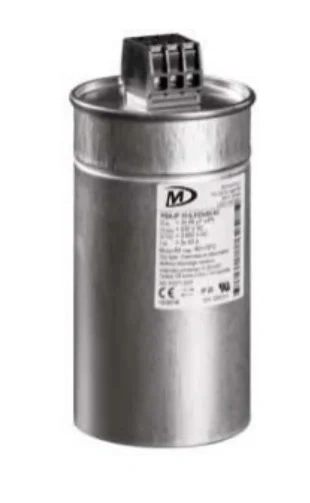
AC to DC conversion with capacitors is employed in the majority of typical devices. TVs, computers, phone chargers, and LED bulbs need stable DC supply from AC mains. Capacitors are employed for noise filtering and preventing issues like flicker or loss of data. For example, in a mobile charger, a capacitor keeps the output stable.This prevents phone damage and charges the phone fast and safely.
In factories, systems like programmable logic controllers (PLCs), motor drives, and robotic arms need dependable DC power. Capacitors in these systems must handle high voltages and currents. They also need to work in tough settings, like extreme heat or electrical noise. AC Filter capacitors are used for AC filtering and high-frequency harmonic processing. They support reactive power compensation, power systems, energy storage equipment, and low-voltage parallel circuits. This ensures smooth, precise operation.
Many projects need stable DC power. Solar farm inverters turn solar output into usable electricity. Electric vehicle (EV) chargers need smooth, high-current DC for fast charging. Communication base stations use uninterrupted power supplies (UPS) to stay online. Poor filtering in these cases could cause errors or damage. Capacitors ensure steady output, making them essential for reliable performance.
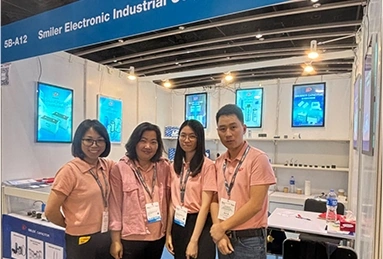
SMILER is a leading maker of advanced film capacitors. We focus on solutions for tough applications, including AC to DC with capacitor setups. Our portfolio includes ① DC-Link Capacitor, ② Snubber Capacitor, and ③ AC Filter Capacitor. These products serve consumer electronics and industrial systems. Our capacitors are built for high performance and dependability, meeting the needs of modern power systems.
SMILER capacitors handle high ripple currents well. This is crucial for pulsed loads or switching converters, where current spikes often happen. Our designs ensure steady performance even under heavy electrical stress. This makes them great for power supplies in demanding setups.
Our capacitors have low Equivalent Series Resistance (ESR). This cuts down on internal losses and boosts filtering. Low ESR reduces heat, keeping performance steady over time. This is key in high-frequency circuits where efficiency is critical.
SMILER capacitors use metallized polypropylene film and aluminum shell packaging with oil potting material. This setup provides strong heat dissipation and durability. Our capacitors work well in tough conditions, like high heat or constant use. Features include good heat dissipation, light weight, small size, and double protection: a secondary protection device and a built-in over-pressure cut-off protection device.
SMILER's high-performance film capacitors are used in telecom base station power modules. These systems need clean power without harmonic distortion or ripple. Our capacitors ensure stable voltage, supporting reliable signal transmission in busy networks.
In solar farm photovoltaic inverters, SMILER's AC Filter capacitors reduce harmonics during energy conversion. This ensures grid compliance and steady operation. Our capacitors help solar systems deliver consistent power, even with changing inputs.
EV charging stations need reliable power under varying grid conditions. SMILER's strong filter capacitors stabilize output voltages during fast-charging cycles. This supports safe vehicle operation and extends charger lifespan, even with heavy use.
Q: What is the best brand of capacitor for AC to DC conversion applications?
A: SMILER is a top choice. Its engineered designs offer extended life service and high ripple tolerance, ideal for industrial applications like in renewable energy systems or EV charging applications.
Q: How do I choose the correct capacitor for my AC to DC converter?
A: Keep in mind input/output voltage range, load current, acceptable ripple voltage, ratings of ESR, temperature ratings, and size limits while choosing a capacitor.
Q: Is electrolytic superior to film capacitors for AC to DC conversion?
A: Film capacitors, like SMILER's, often have lower ESR and longer lifespan than electrolytic types. They are great for applications needing reliability, like industrial automation or renewable energy, though they may be larger.
Q: What are some top-rated capacitors used in EV charging stations?
A: SMILER's high-performance film capacitors are widely used. They handle high frequencies and large current surges common in fast-charging setups.
Q: Can I use any general-purpose capacitor for smoothing after rectification?
A: Not all general-purpose capacitors work well. You need ones rated for high ripple currents with proper dielectric materials, like polypropylene, designed for rectifier circuits' constant duty cycles.
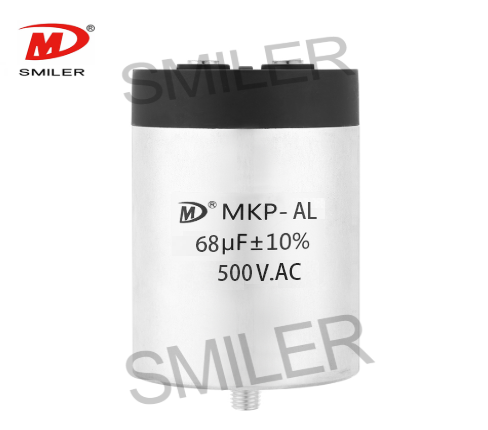
Exploring How AC Capacitors and DC Capacitors Function Differently
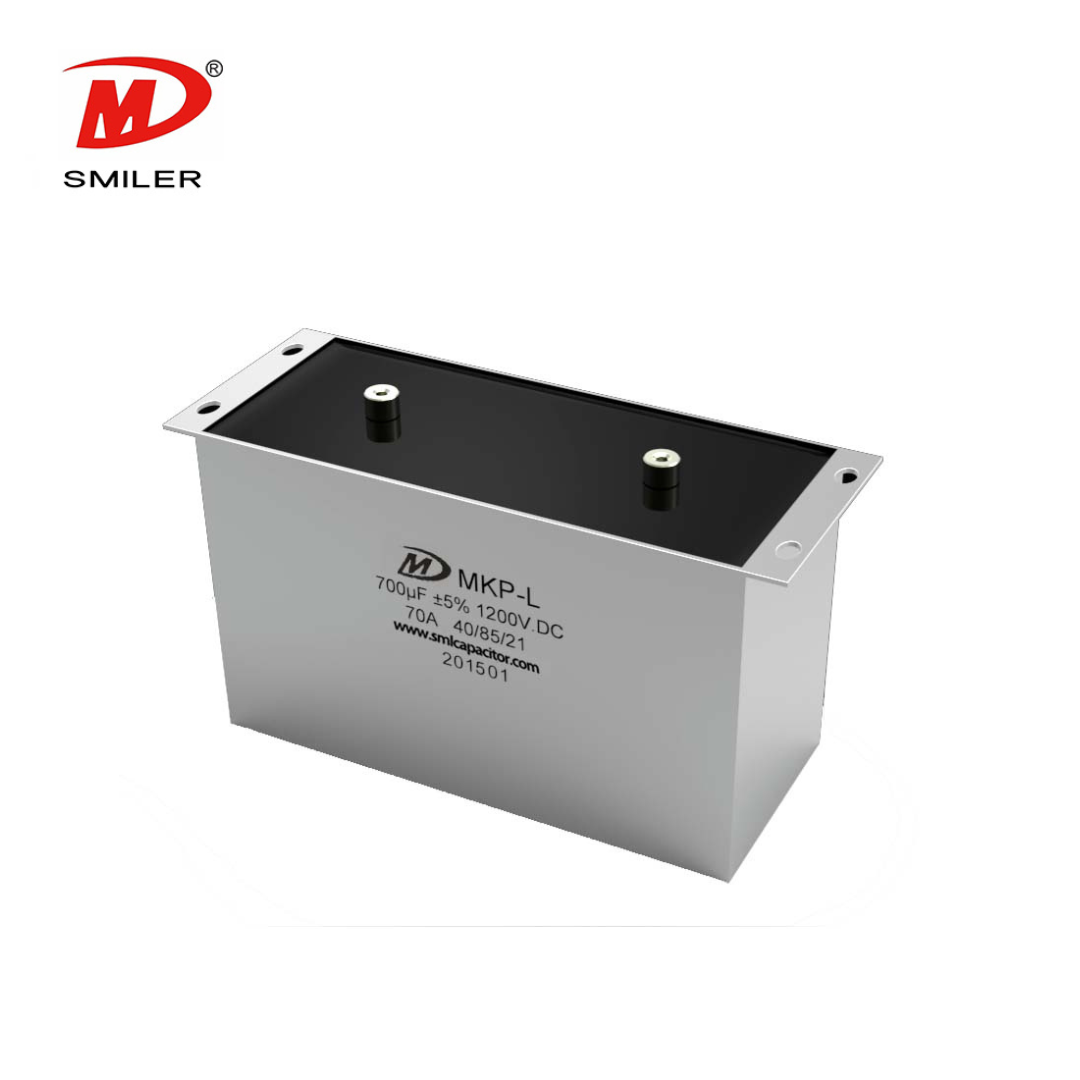
Understanding DC Capacitance to Prevent Converter Oscillations
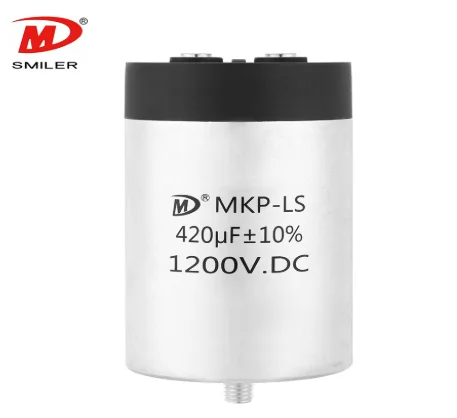
Mastering AC to DC Rectifier with Capacitor Techniques
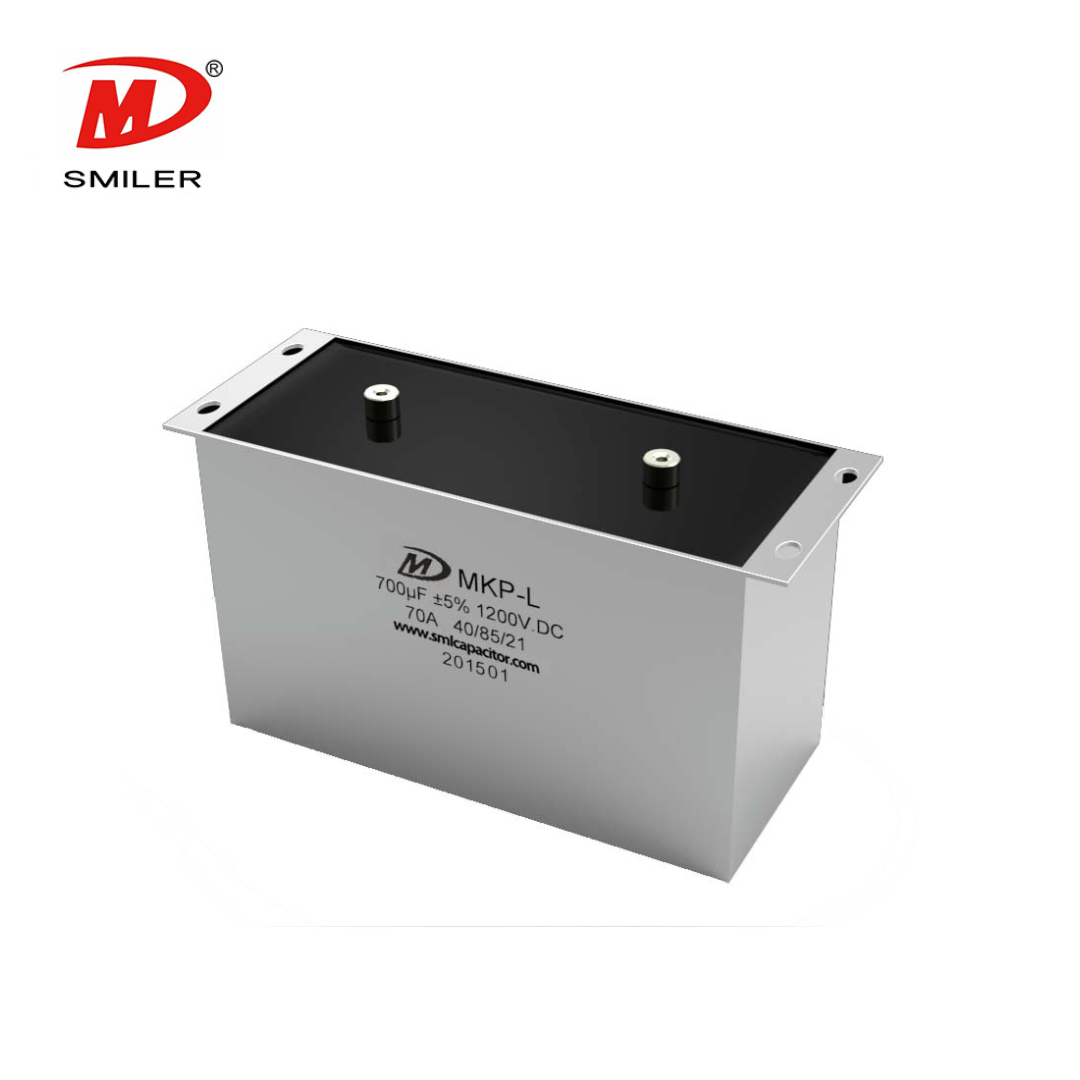
Exploring the Role of DC Link Capacitor Use in EV Power Systems
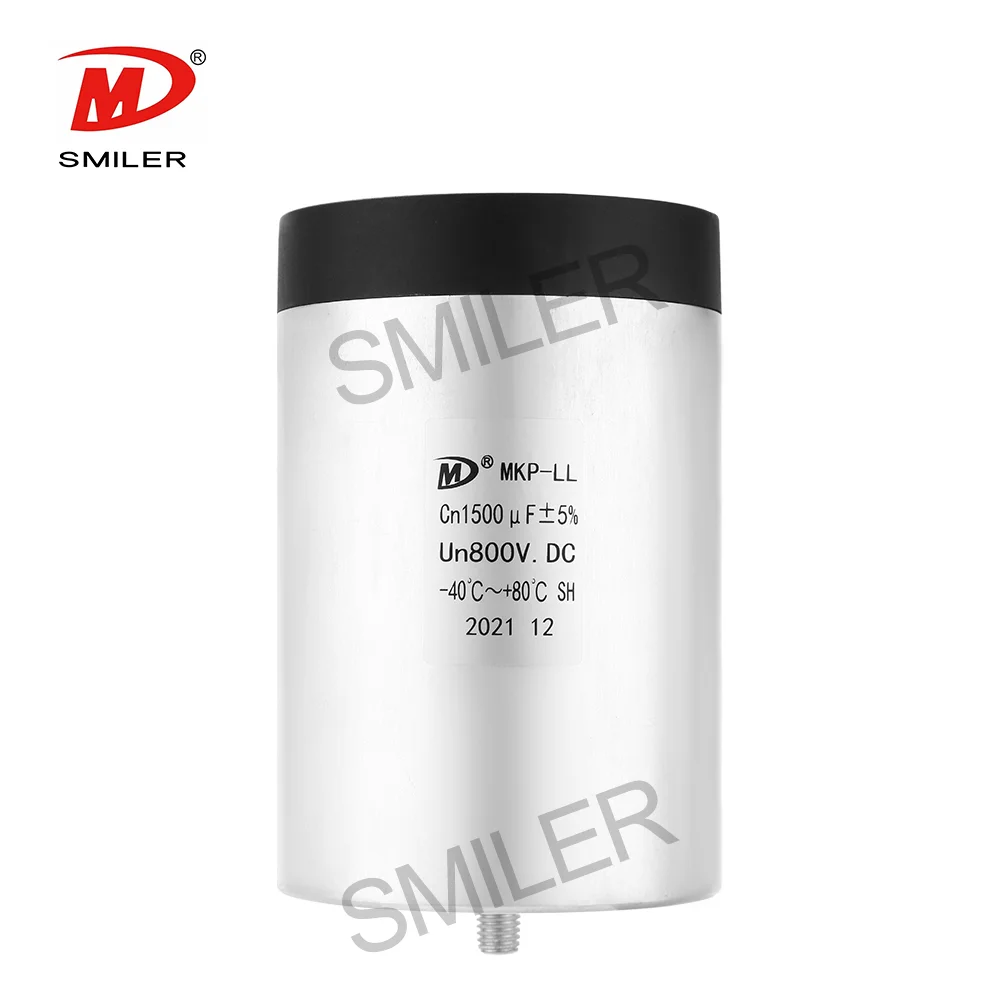
Understanding Why Capacitors Pass AC but Block DC in Circuits